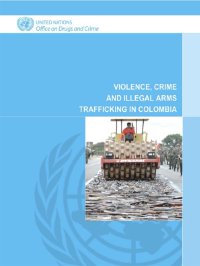By Zaur Borov and Stephen Bowers
The primary focus of this study is on illegal weapons trade in Romania and the Caucasus region of the former USSR. Illegal weapons traffic in these regions is linked with both organized crime and terrorist activities. The main source of weapons for conflicts in the Caucasus region is corruption in Russian military circles. One well-known Arab terrorist organization, the so-called Muslim Brothers, has active connections in Romania. There is a incipient growing of trade with components, products and substances used in the manufacturing of mass destruction weapons (chemical, biological and nuclear). Free trade conventions between the CIS states facilitate illegal weapons transactions in the former USSR. In Eastern Europe there has been a steady increase of trade in components, products and substances used in the manufacturing chemical, biological and nuclear weapons. Many of the most recent Russian weapons, such as the B-94, have gone directly from the factory to the Caucasus arms bazaars. Chechen troops had the B-94 before it was issued to Russian soldiers.
Lynchburg, VA: Liberty University, Center for Security and Science, 2002. 31p.





















